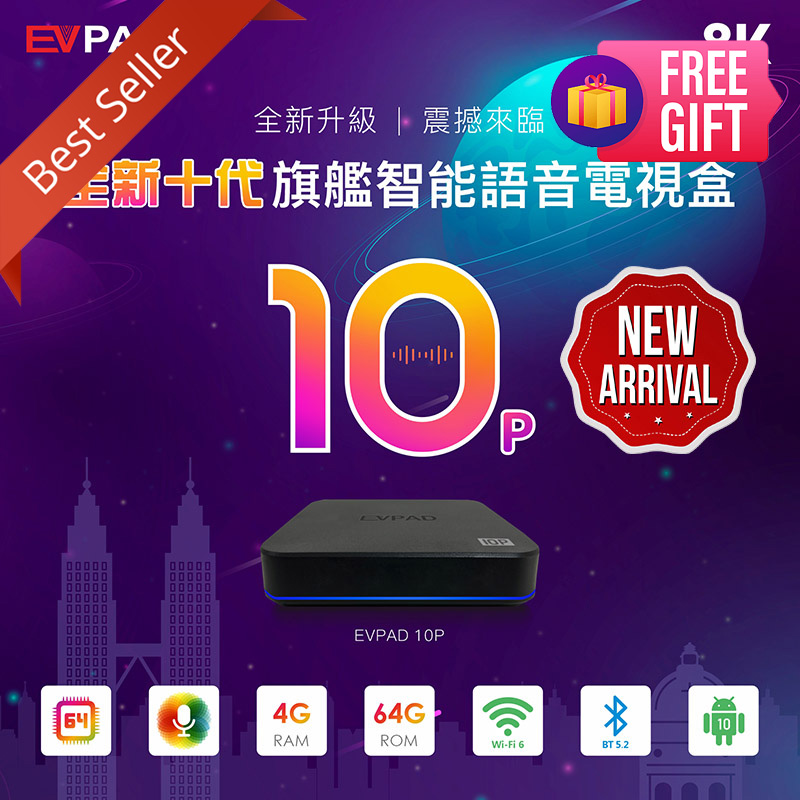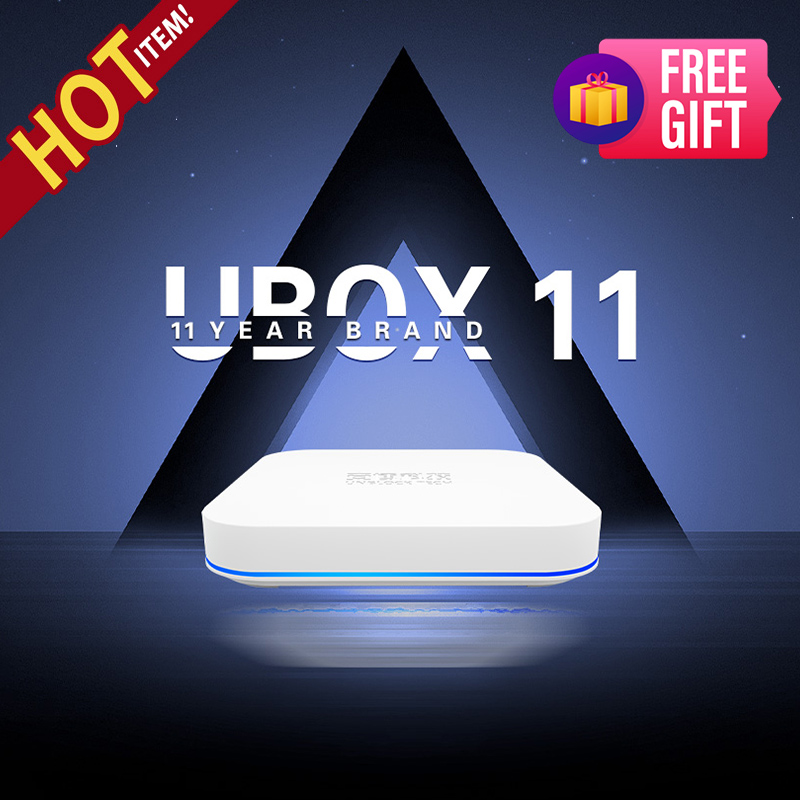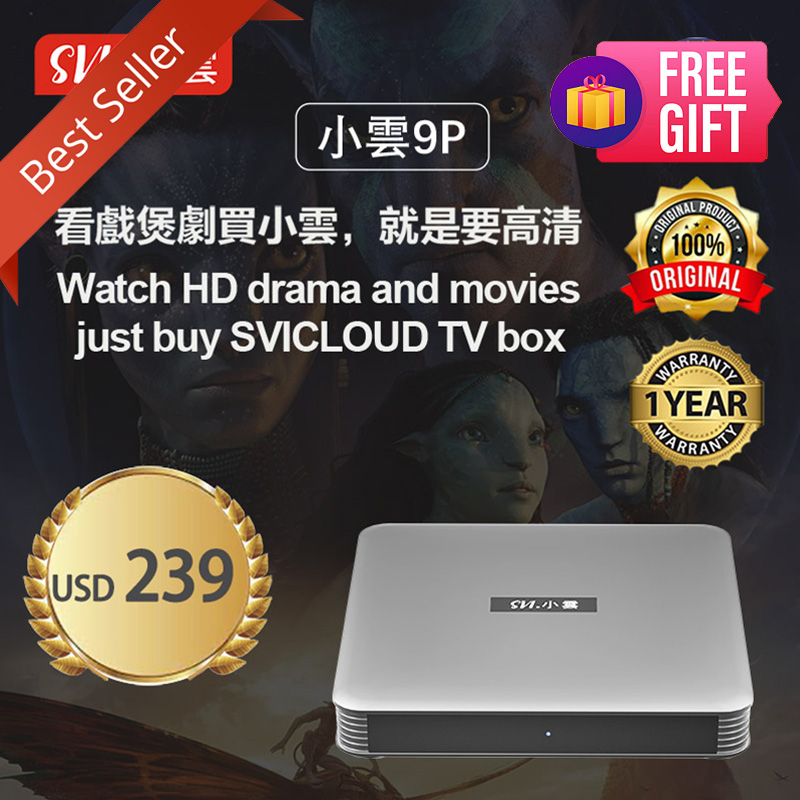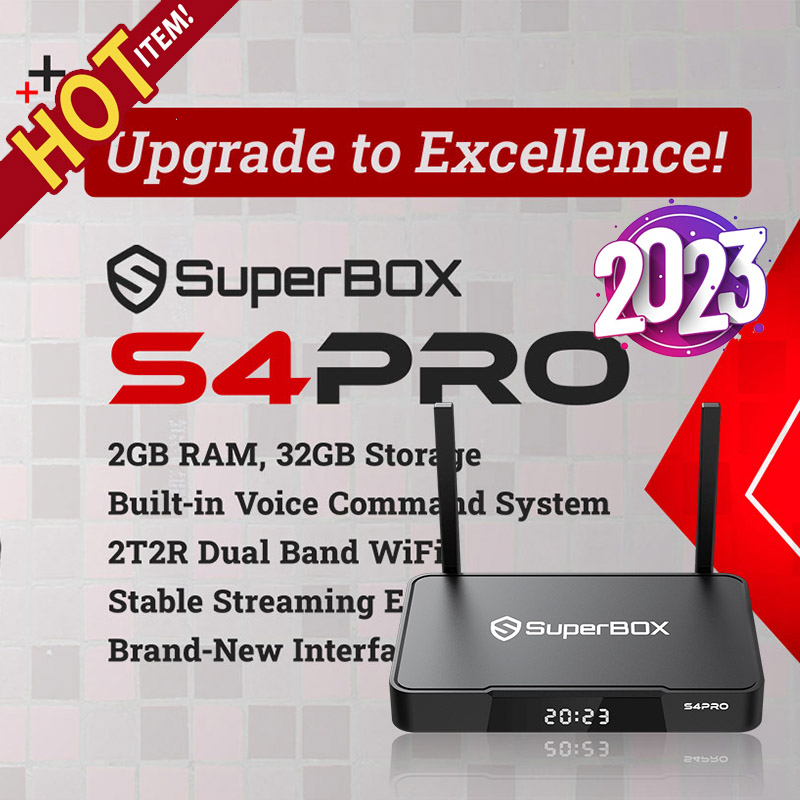By EVPADPro | 16 October 2023 | 0 Comments
What do you need for an Android box?
An Android box, also known as an Android TV box or streaming box, is a device that runs on the Android operating system and allows users to stream content, play games, and use various applications on their TV. To set up and use an Android box, you typically need the following:
Android Box:
You'll need the Android box itself. These devices are compact and connect to your TV via HDMI. They come with various specifications, so choose one based on your preferences and requirements, such as processing power, storage, and supported resolutions.
TV with HDMI Input:
Ensure that your TV has an available HDMI port. The Android box connects to your TV using an HDMI cable.
HDMI Cable:
You'll need an HDMI cable to connect the Android box to your TV. Most Android boxes come with an HDMI cable in the package, but if not, you'll need to acquire one separately.
Internet Connection:
A stable internet connection is crucial for streaming content, downloading apps, and keeping your Android box's software up to date. You can connect the Android box to the internet either via Ethernet cable or Wi-Fi, depending on the device's capabilities and your preferences.
Google Account:
To download and install apps from the Google Play Store on your Android box, you'll need a Google Account. If you don't have one, you'll need to create an account.
Remote Control or Input Device:
Android boxes usually come with a remote control for navigation. Some models may support additional input devices like keyboards, mice, or game controllers for a more versatile experience.
Power Source:
Ensure that you have a power source for the Android box. This typically involves connecting the device to a power outlet using the provided power adapter.
Optional: USB Storage or MicroSD Card:
Depending on your storage needs, you may want to expand the storage on your Android box. Some models allow you to connect USB storage devices or insert a MicroSD card for additional storage space.
Software Updates:
Regularly check for software updates for your Android box. Manufacturers often release updates to improve performance, fix bugs, and add new features.
Apps and Services:
Customize your Android box by installing the apps and services you want to use. This may include streaming apps, games, productivity tools, and more.
Once you have these components, you can set up your Android box by connecting it to your TV, configuring the internet connection, signing in with your Google Account, and installing the desired apps. Keep in mind that specific setup steps may vary slightly depending on the brand and model of your Android box. Always refer to the user manual or setup guide provided by the manufacturer for detailed instructions.
Android Box:
You'll need the Android box itself. These devices are compact and connect to your TV via HDMI. They come with various specifications, so choose one based on your preferences and requirements, such as processing power, storage, and supported resolutions.
TV with HDMI Input:
Ensure that your TV has an available HDMI port. The Android box connects to your TV using an HDMI cable.
HDMI Cable:
You'll need an HDMI cable to connect the Android box to your TV. Most Android boxes come with an HDMI cable in the package, but if not, you'll need to acquire one separately.
Internet Connection:
A stable internet connection is crucial for streaming content, downloading apps, and keeping your Android box's software up to date. You can connect the Android box to the internet either via Ethernet cable or Wi-Fi, depending on the device's capabilities and your preferences.
Google Account:
To download and install apps from the Google Play Store on your Android box, you'll need a Google Account. If you don't have one, you'll need to create an account.
Remote Control or Input Device:
Android boxes usually come with a remote control for navigation. Some models may support additional input devices like keyboards, mice, or game controllers for a more versatile experience.
Power Source:
Ensure that you have a power source for the Android box. This typically involves connecting the device to a power outlet using the provided power adapter.
Optional: USB Storage or MicroSD Card:
Depending on your storage needs, you may want to expand the storage on your Android box. Some models allow you to connect USB storage devices or insert a MicroSD card for additional storage space.
Software Updates:
Regularly check for software updates for your Android box. Manufacturers often release updates to improve performance, fix bugs, and add new features.
Apps and Services:
Customize your Android box by installing the apps and services you want to use. This may include streaming apps, games, productivity tools, and more.
Once you have these components, you can set up your Android box by connecting it to your TV, configuring the internet connection, signing in with your Google Account, and installing the desired apps. Keep in mind that specific setup steps may vary slightly depending on the brand and model of your Android box. Always refer to the user manual or setup guide provided by the manufacturer for detailed instructions.
ARCHIVES







 USD
USD EUR
EUR GBP
GBP CAD
CAD AUD
AUD HKD
HKD JPY
JPY SGD
SGD THB
THB English
English 繁體中文
繁體中文 日本語
日本語 한국어
한국어 ไทย
ไทย Tiếng Việt
Tiếng Việt Bahasa Indonesia
Bahasa Indonesia Pilipino
Pilipino Français
Français Español
Español Deutsch
Deutsch Português
Português italiano
italiano Nederlands
Nederlands Русский
Русский عربى
عربى







